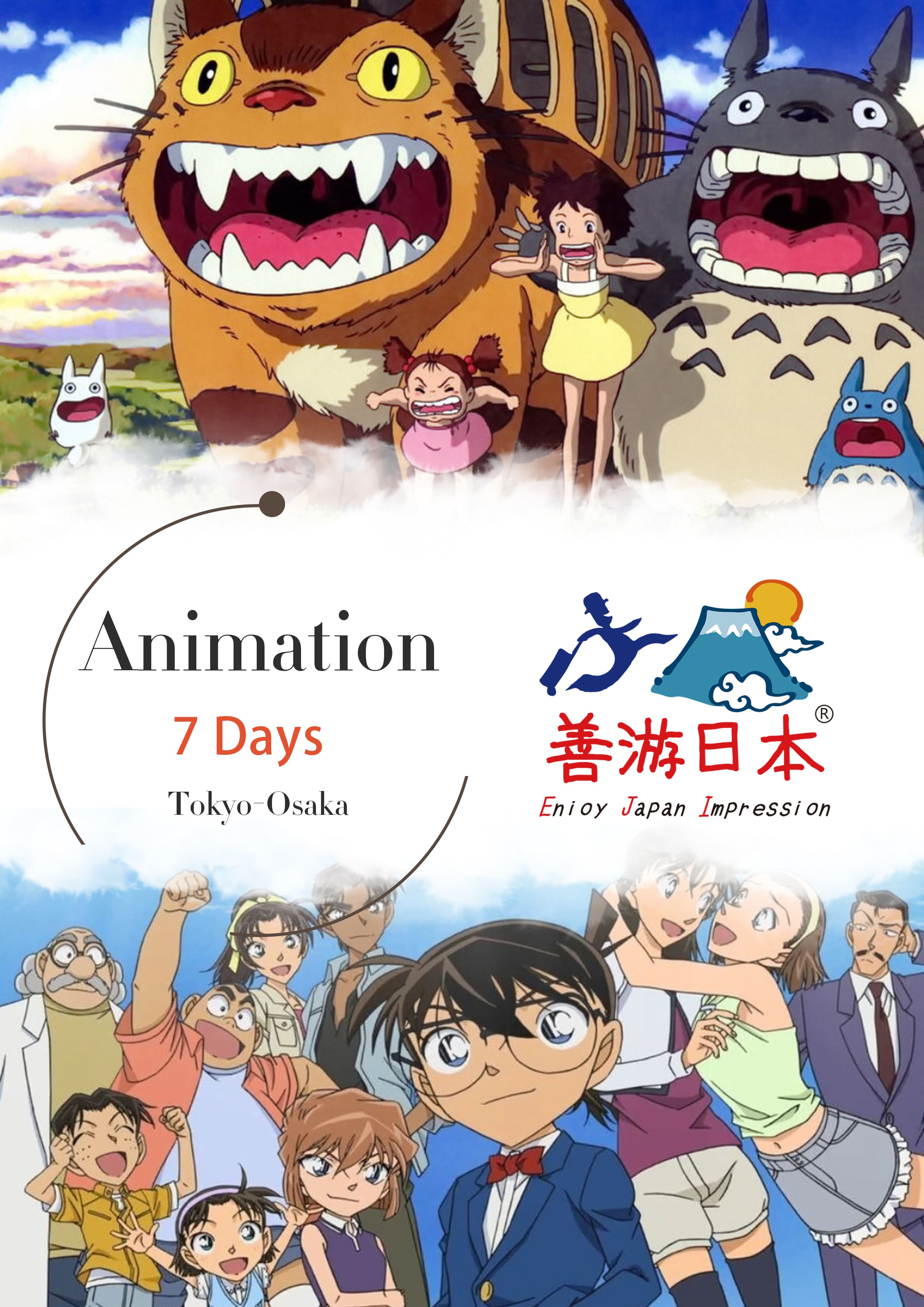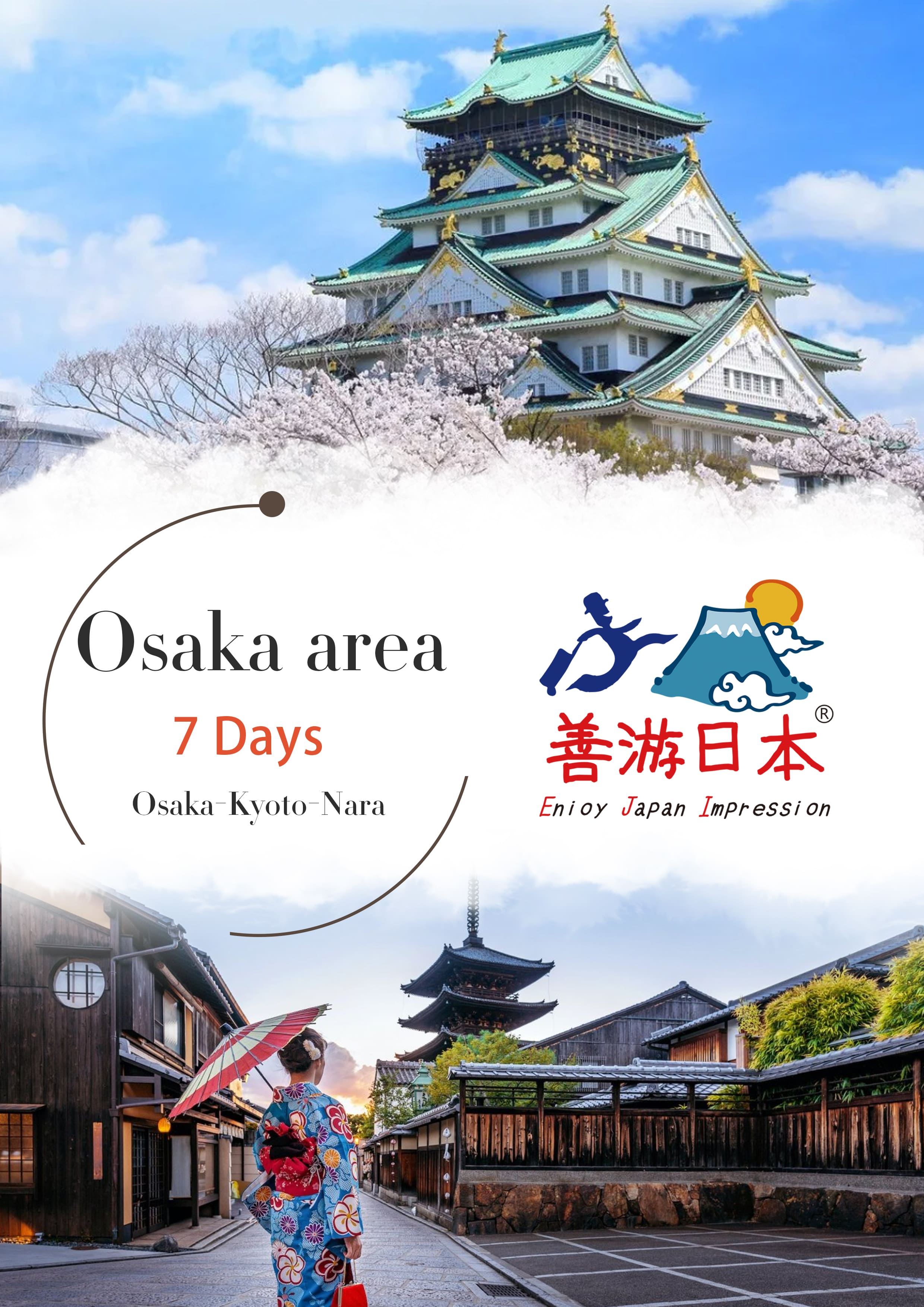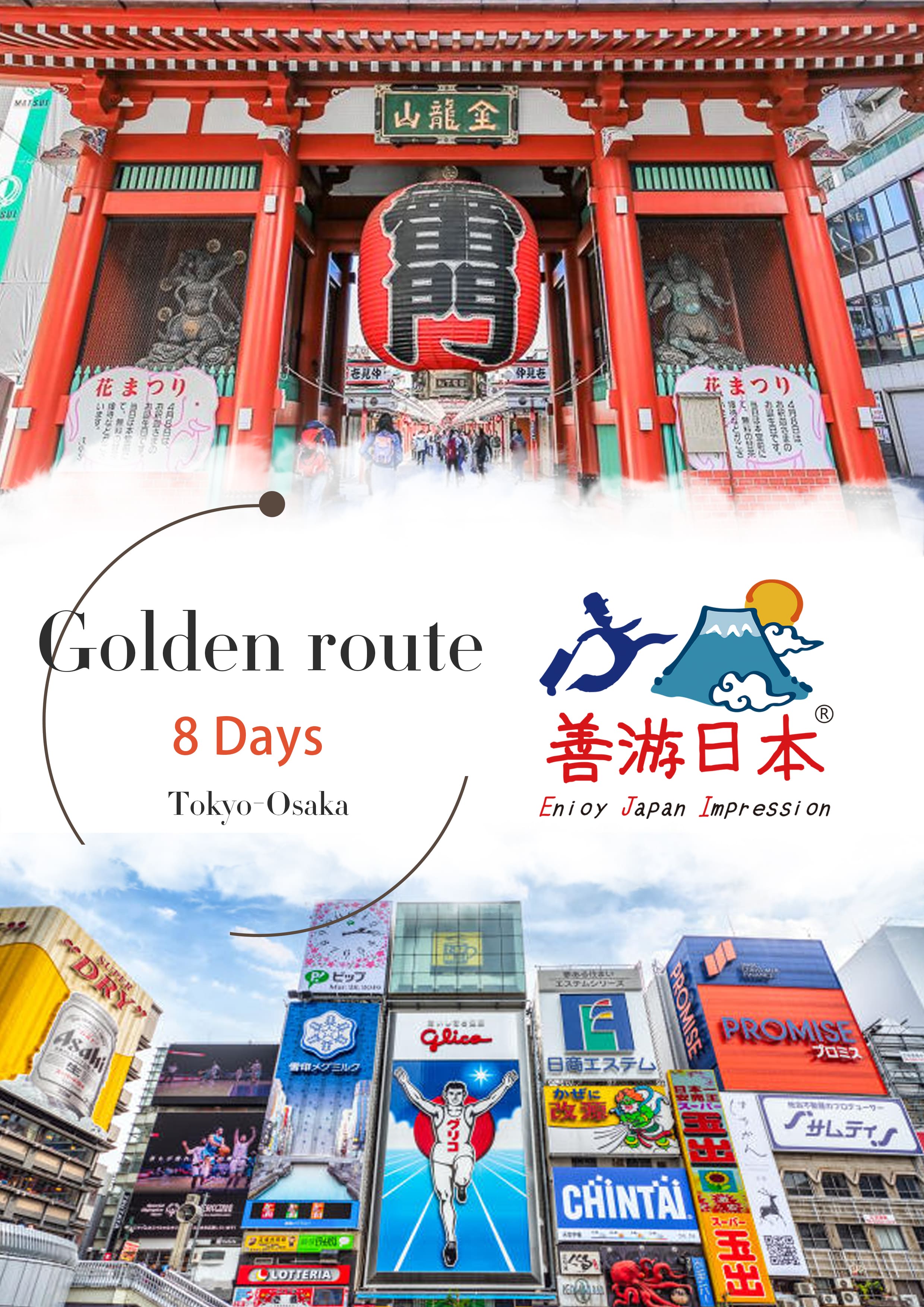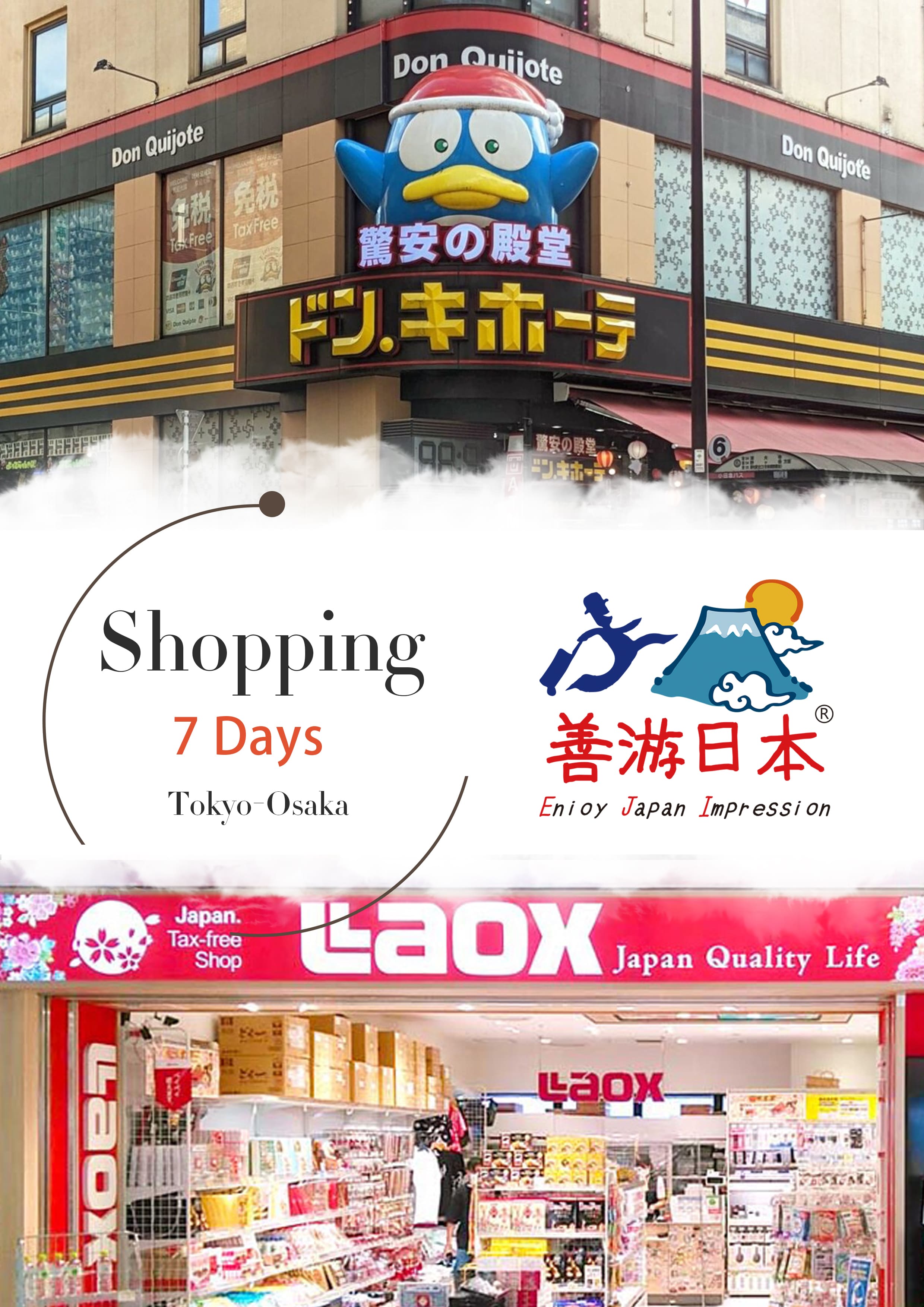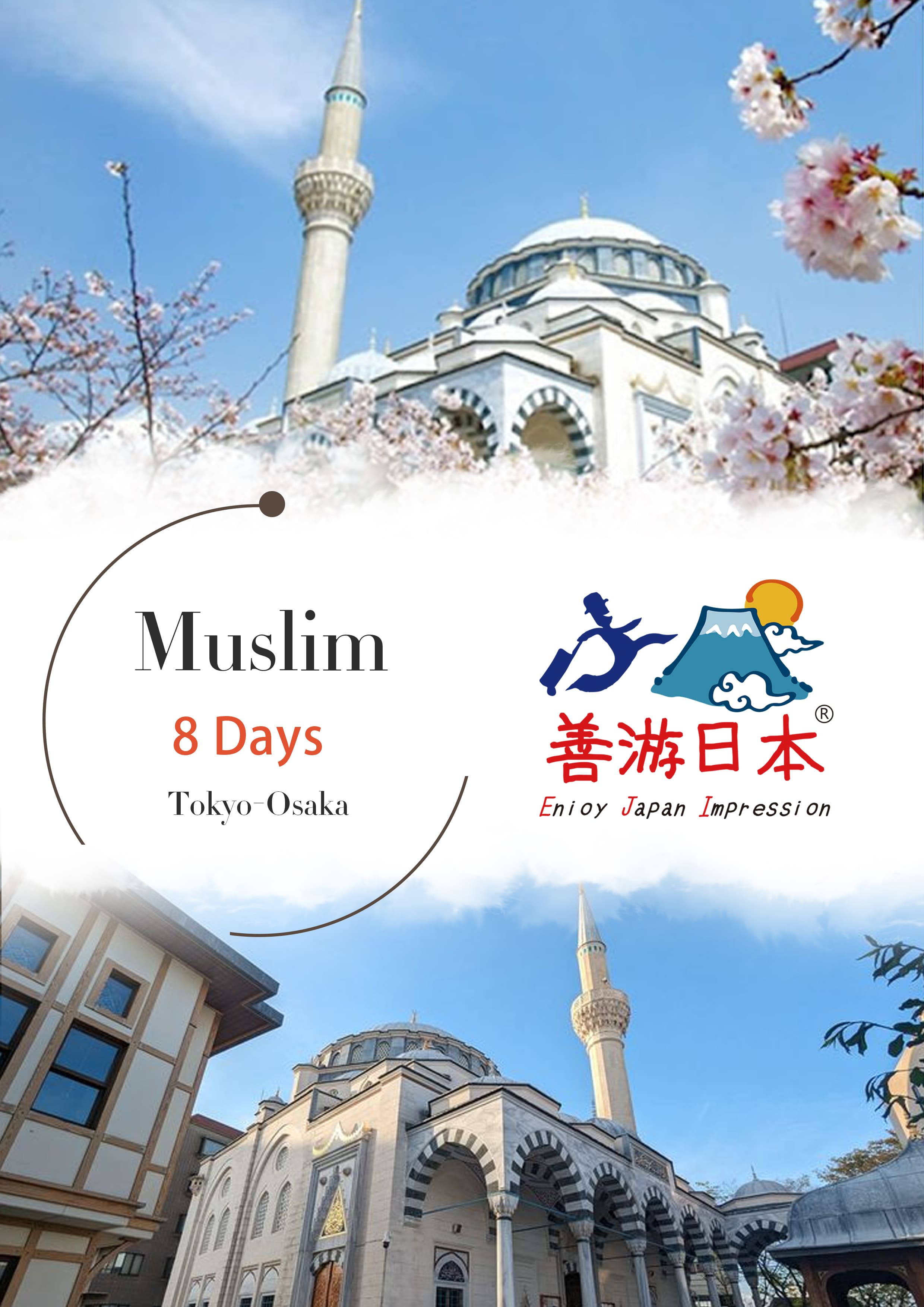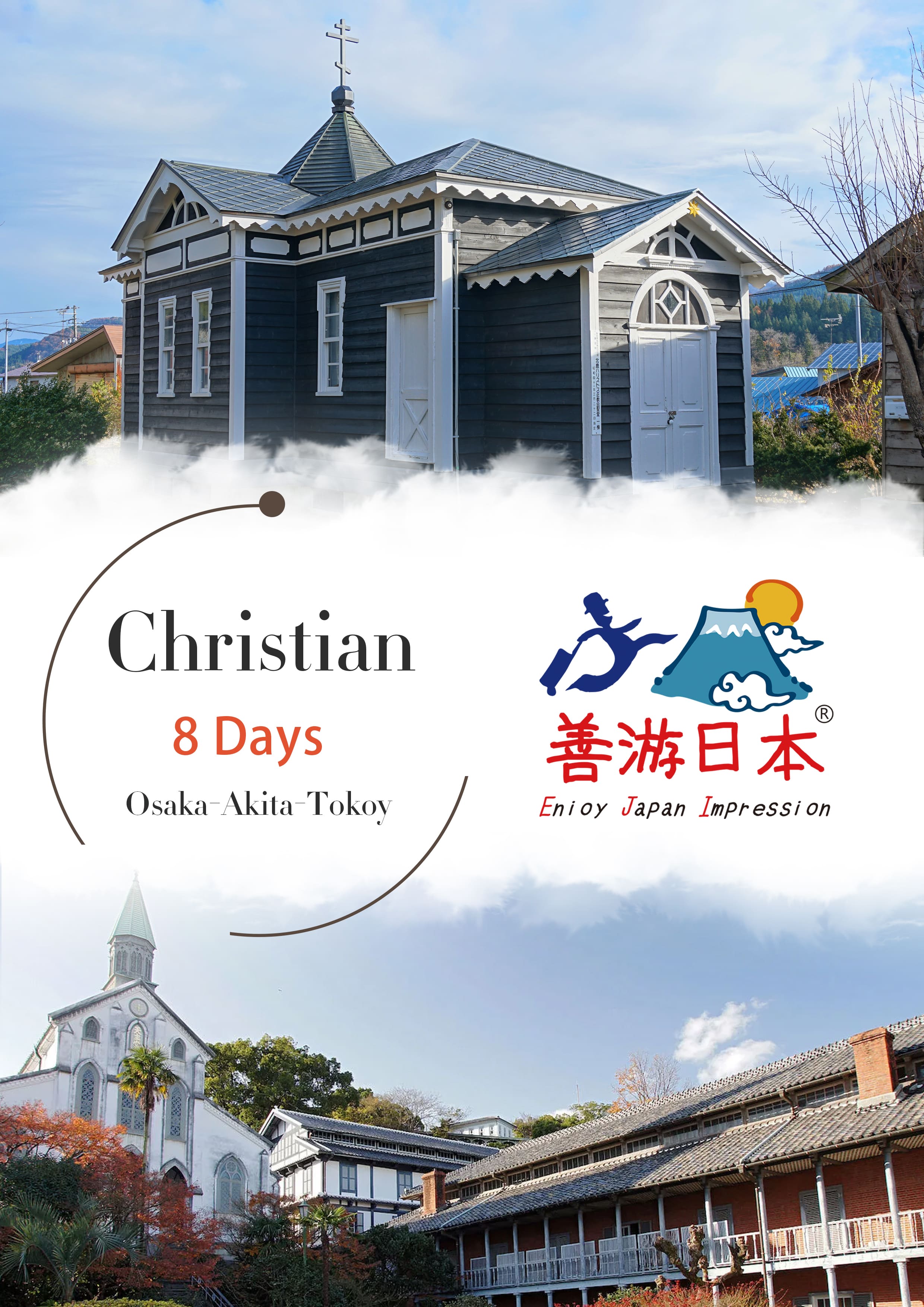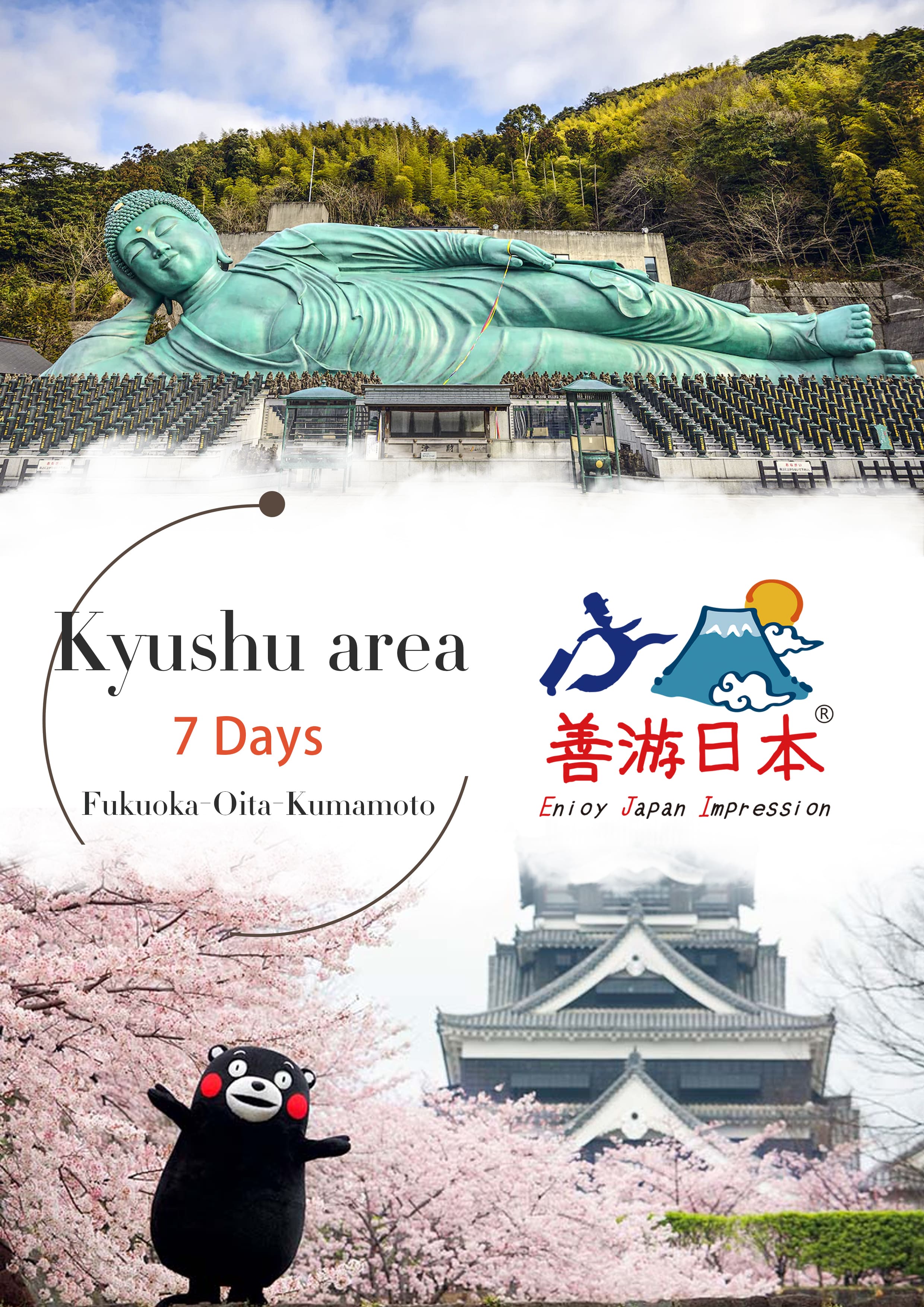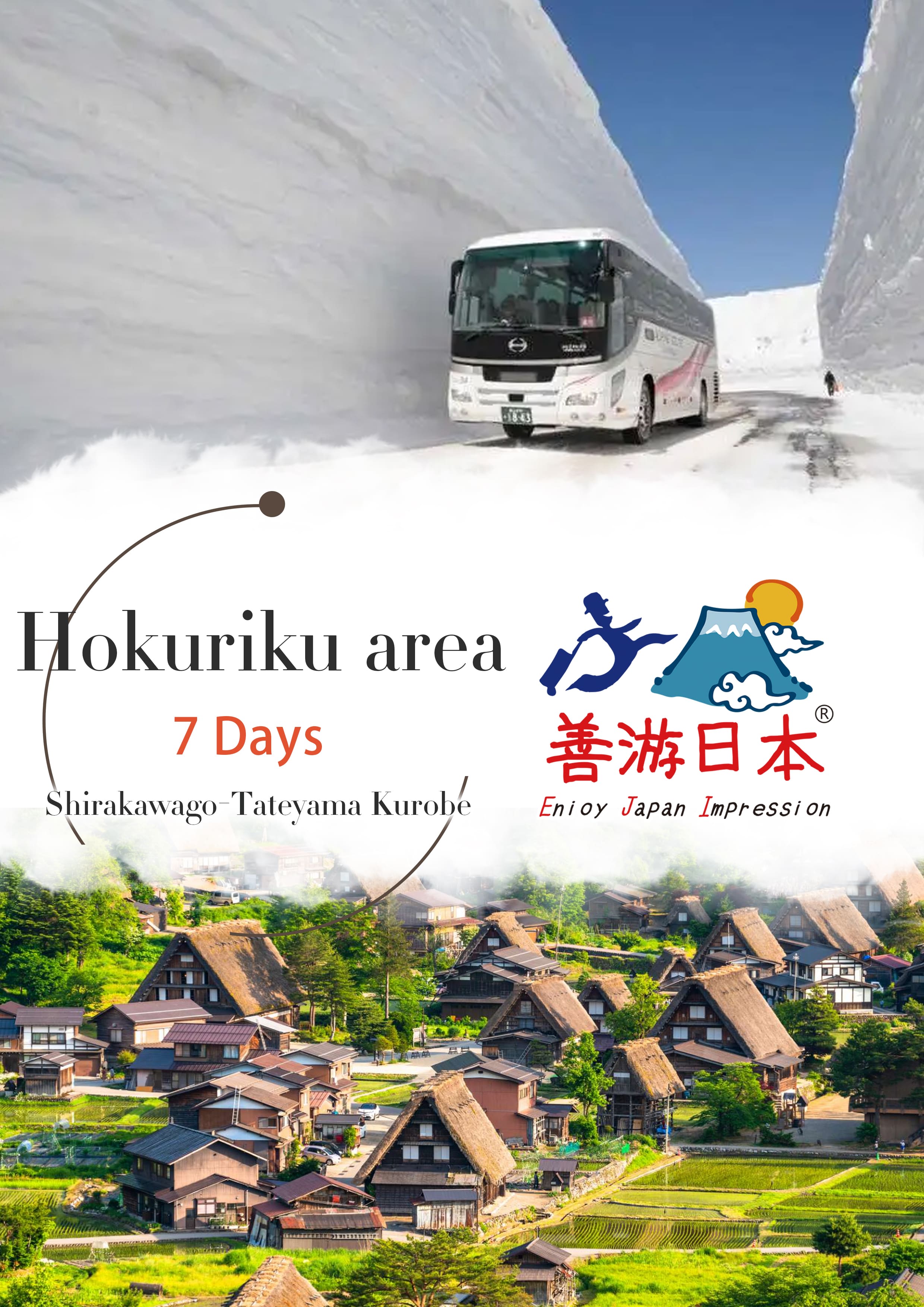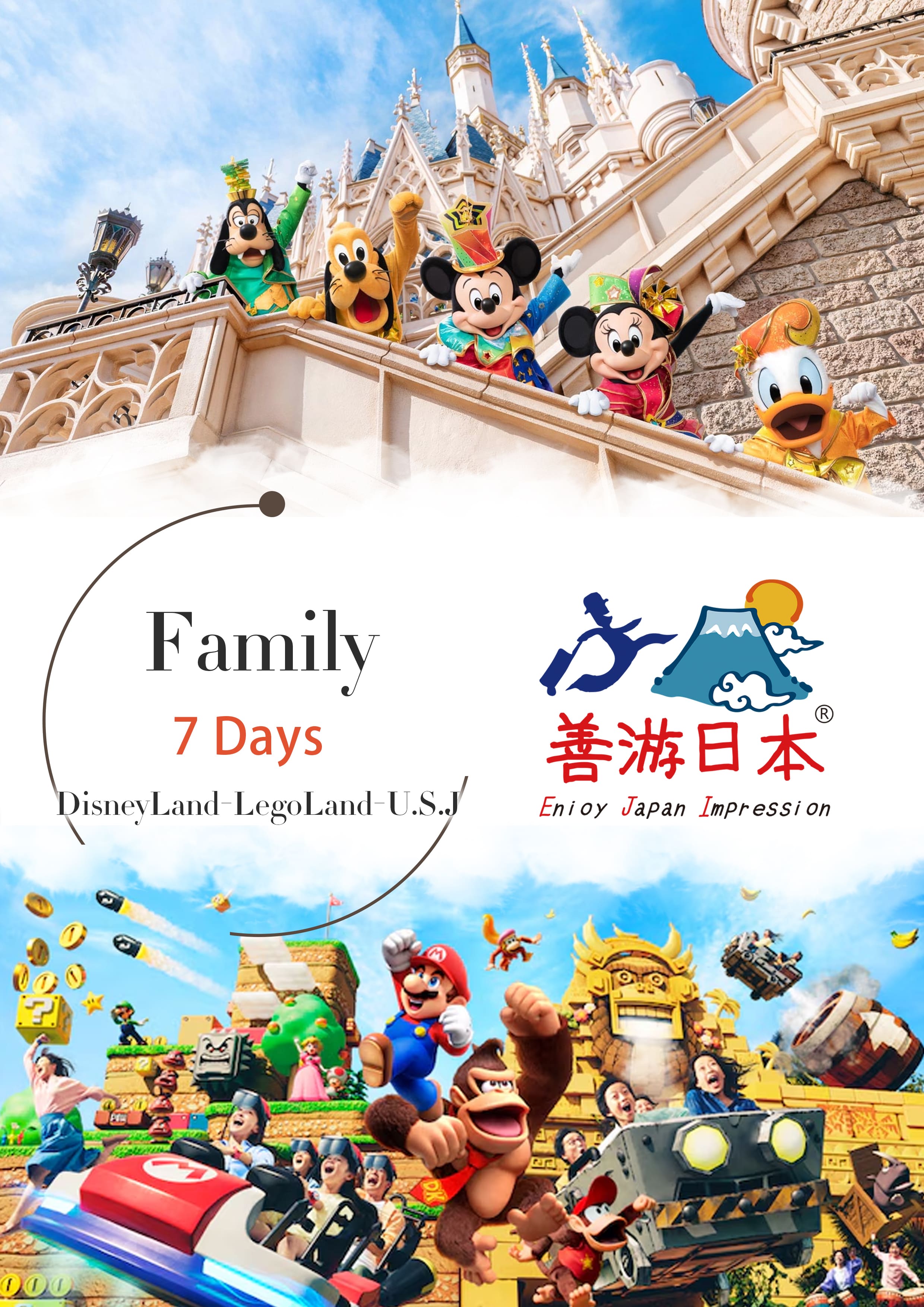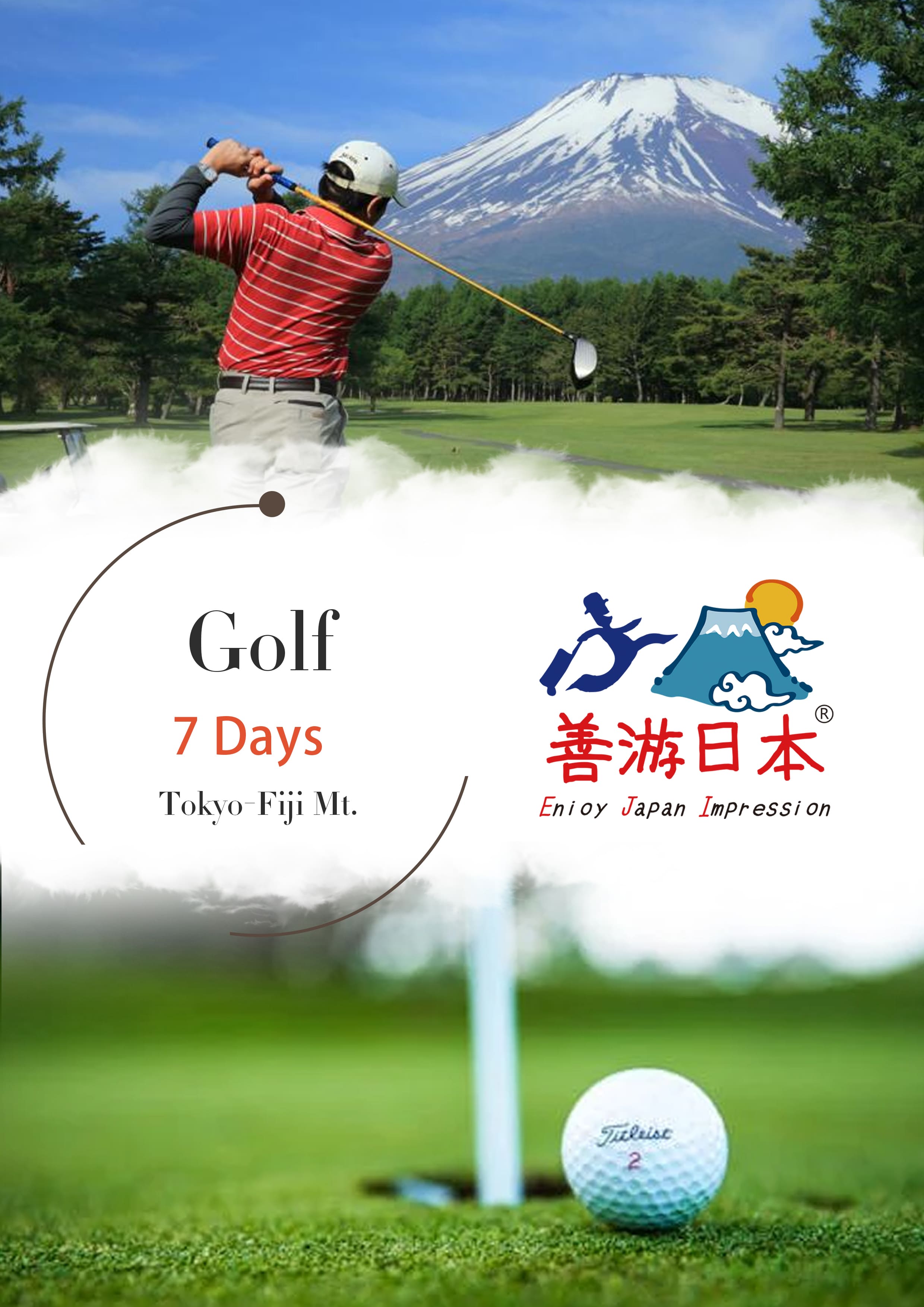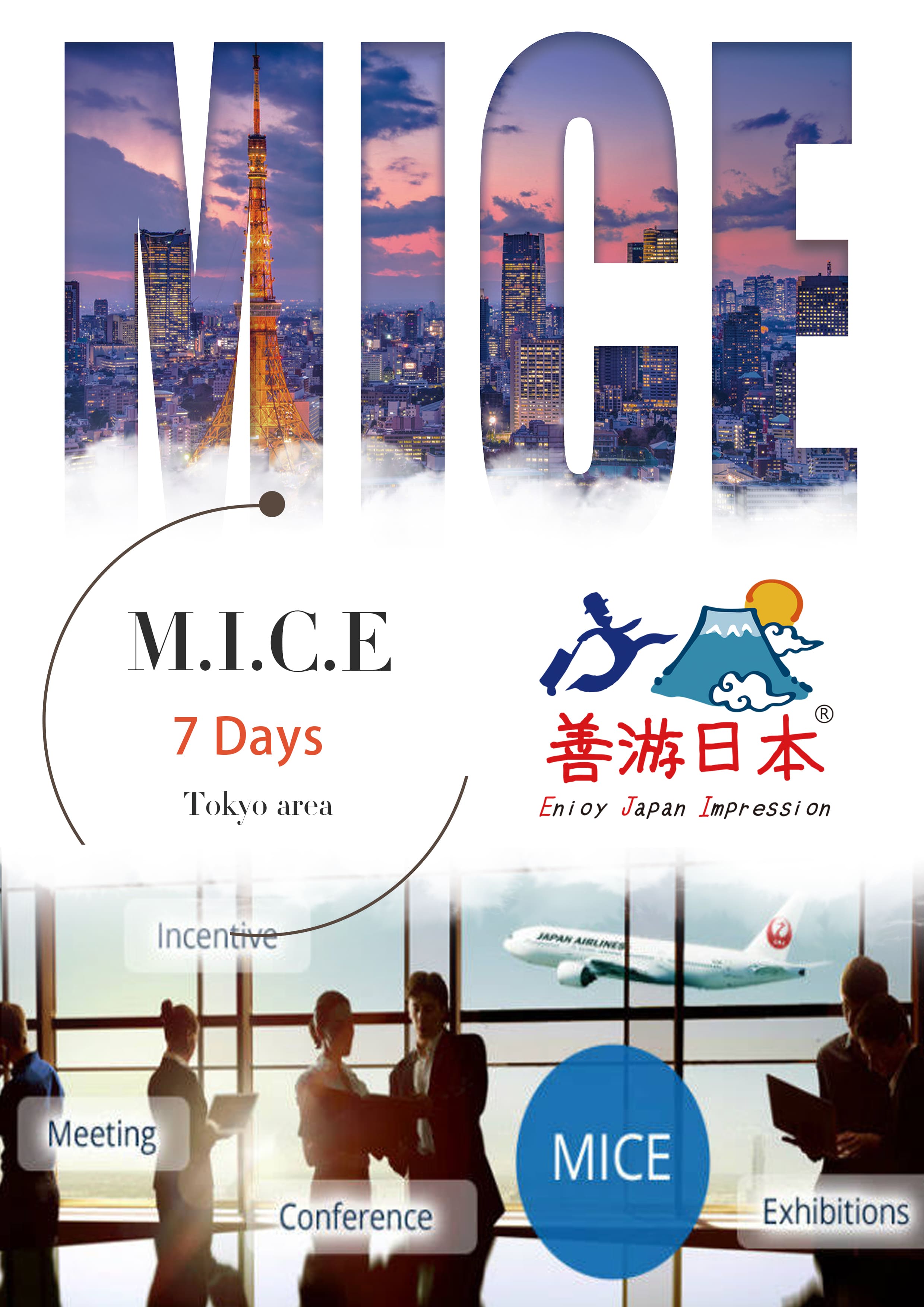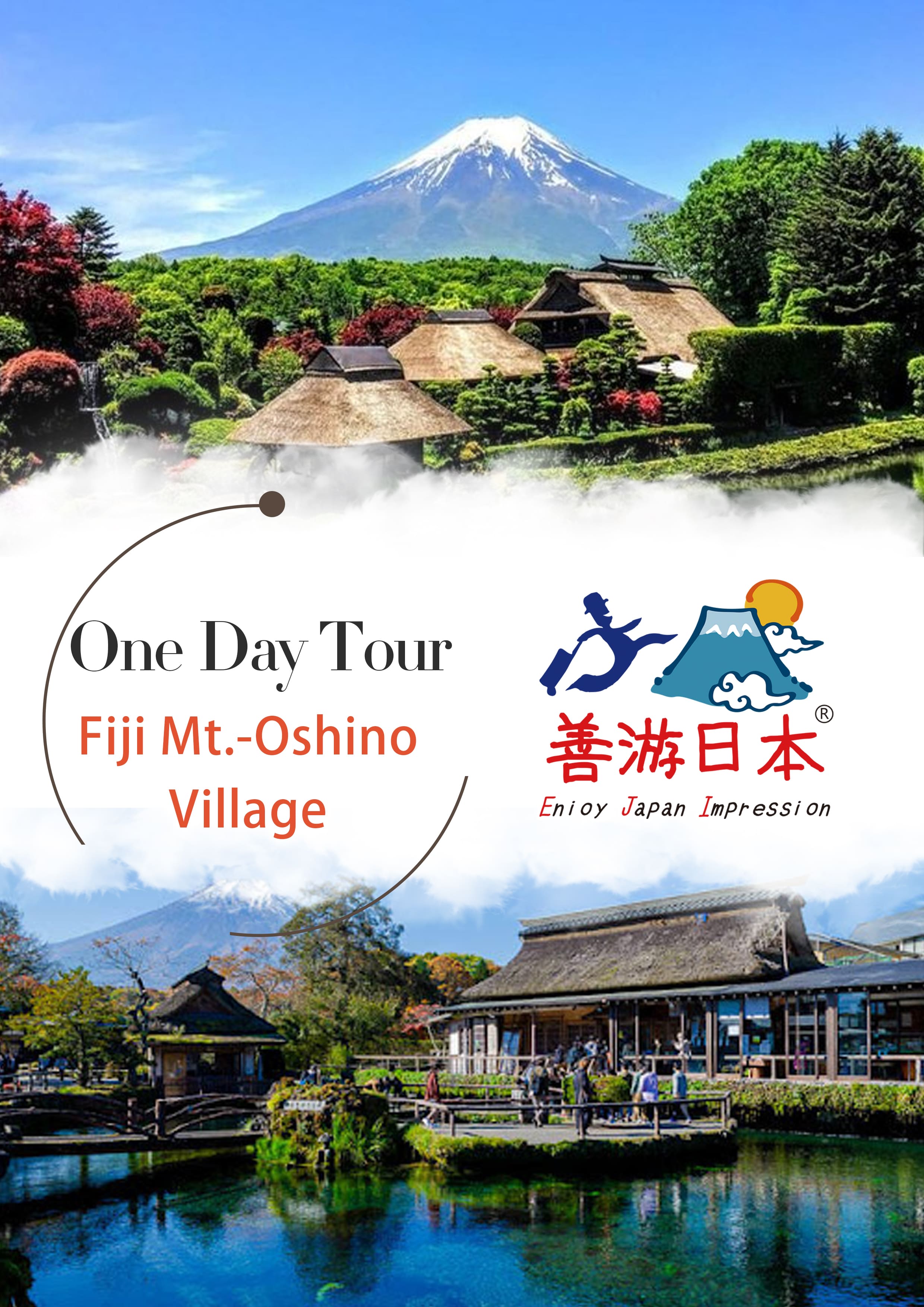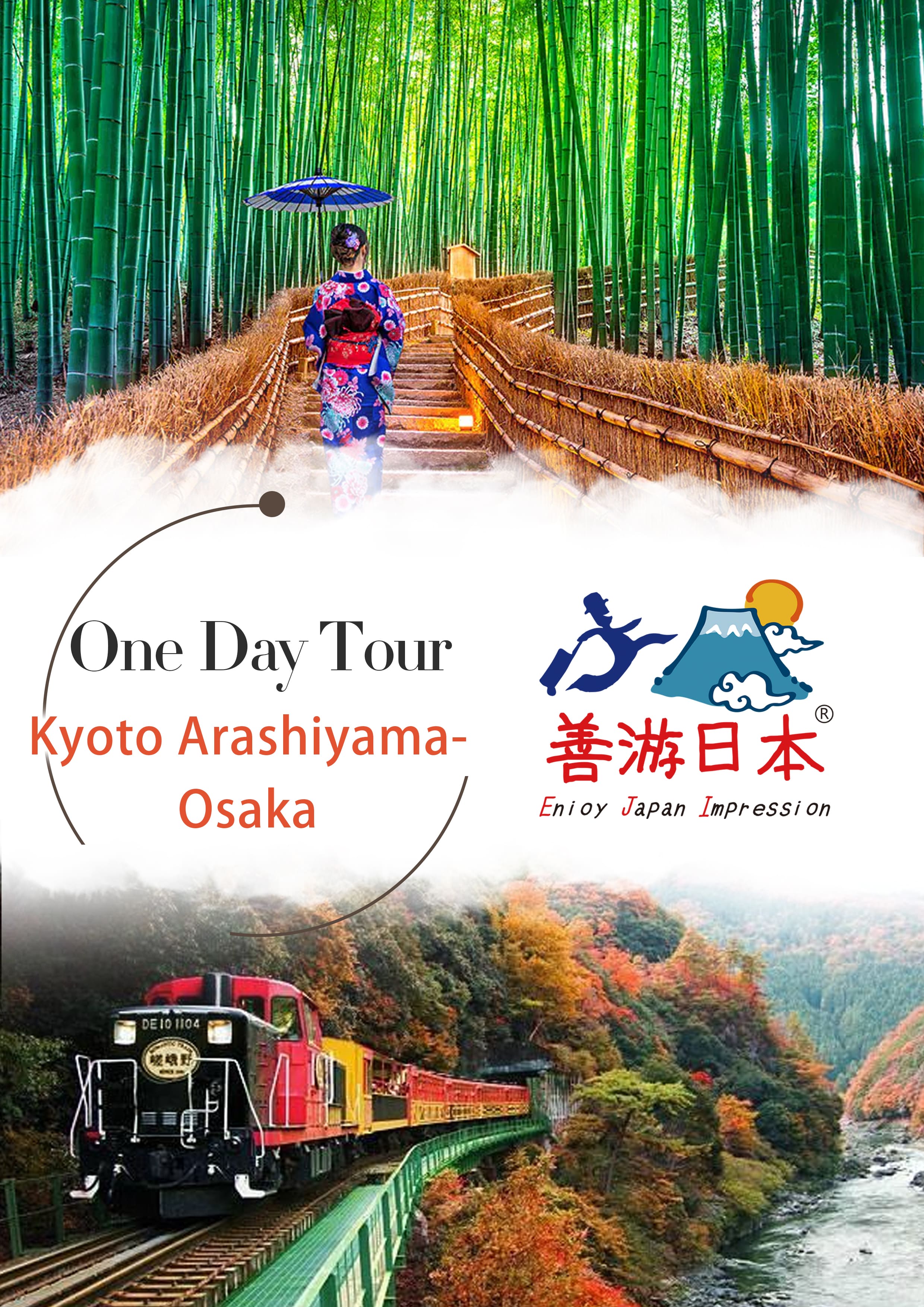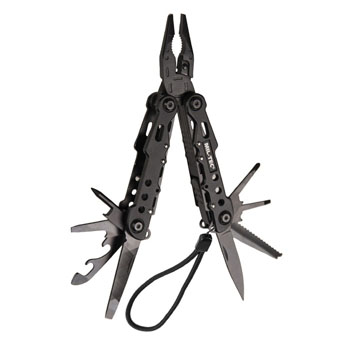Tokyo-Kamakura
One Day Tour
Group size: 2/4/6/8 people
(if the number is insufficient, we will make other vehicle arrangements or cancel the trip based on the actual number of applicants)
#### 08:00
- **8:00 JR Tokyo Station Marunouchi North Exit** (meeting and drop-off location package)
- **8:30 In front of Sumitomo Mitsui Banking Corporation, Shinjuku West Exit** (meeting and drop-off location package)
- ※ Please be punctual. It is recommended to arrive at the meeting point 10 minutes before the departure time.
#### 10:00
**▼ Kamakura Daibutsu (30-minute stop)**
Kamakura Daibutsu, located in the Jodo sect temple Kotoku-in in Kamakura, is a bronze statue of Amitabha Buddha. Known as Kamakura Daibutsu, it is an iconic symbol of Kamakura. The statue stands 11.3 meters tall (13.35 meters including the base) and weighs approximately 121 tons. Built in 1252, the Buddha's flat face, low hair bun, and slightly forward-leaning posture reflect the style of Song dynasty Buddha statues popular during the Kamakura period, making it a representative work of that era and a designated Japanese National Treasure. Unlike the Nara Todaiji Daibutsu, which underwent numerous repairs, Kamakura Daibutsu has largely retained its original form, making it highly valuable.

Yoritomo Minamoto established Japan's first shogunate, the Kamakura Shogunate (1192-1333), in Kamakura, leading to significant political, economic, and cultural development. However, Kamakura declined with the rise of the Muromachi Shogunate and retreated to being a village centered on agriculture and fishing. By the mid-Edo period, Kamakura evolved into an important tourist destination due to the revival of its shrines and temples. (Admission fee: 300 yen, Daibutsu interior: 50 yen)
#### 10:50
**▼ Hase Station Enoden Experience (approximately 15-20 minutes walk to Hase Station)**
Walk to Hase Station to ride the Enoden. Enoden experience fee included.
The Enoden is a tramway connecting Fujisawa and Kamakura, covering most of Kamakura's famous spots and offering beautiful views of the Shonan coast. The Enoden frequently appears in Japanese films and animations. Riding the Enoden is a fun way to experience Kamakura.
※ The trip will cover Hase Station, Kamakura High School, and Enoshima Station.

Be sure to follow the guide closely while walking to the tram. Any consequences due to lagging behind are at your own risk. This fee is a complimentary item and will not be refunded if the Enoden ride is not possible due to force majeure.
#### 11:00
**▼ Kamakura High School (20-minute stop)**
Kamakura High School, located in Kamakura, Kanagawa Prefecture, is the model for Ryonan High School in "Slam Dunk." The crossing near the station is the setting for the iconic scene where Sakuragi Hanamichi greets Haruko Akagi. Standing at the crossing with the ringing bells brings back memories of the passionate youth depicted in "Slam Dunk."

Passing the Shonan Coast by car (not included in the itinerary, only sightseeing from the vehicle)
The Shonan Coast is a place where a slow-moving train passes through the old streets of Kamakura, where the sound of the waves can be heard while lying on the beach, where the wind from the sea can be felt while riding a motorcycle, where Hanamichi Sakuragi's love for Haruko can be remembered. It's nostalgia and passion.

#### 11:50
**▼ Enoshima (about 110 minutes)**
The formation of Enoshima dates back to the 13th year of Emperor Kinmei's reign (552 AD), when sand started to emerge from the sea, forming an island after 21 days. According to legend, the dragon in the lake caused disasters until a beautiful goddess appeared, creating the island and leading to the dragon's transformation and marriage to the goddess. Enoshima, protected by the dragon, became a tourist destination in the Edo period and a popular spot for kabuki actors.


**Enoshima Shrine**
Enoshima Shrine was founded in the 13th year of Emperor Kinmei's reign (552 AD). The shrine is famous for its cultural assets, including the Eight-Armed Benzaiten Statue, a sword made by Fujiwara Masatsugu, and a bronze torii gate. As a deity of music, Benzaiten attracts numerous visitors for worship and sightseeing. The shrine also has a legend that washing money in its spring water brings financial fortune.

#### 14:20
**▼ Tsurugaoka Hachimangu (70-minute stop)**
Tsurugaoka Hachimangu, formerly known as Kamakura Hachimangu, was the center of samurai faith and the guardian deity during the Kamakura Shogunate. With deep ties to Kamakura's first shogun, it's well-known in the Kanto region and is one of Japan's three great Hachimangu shrines. The spacious shrine grounds are designated as national historical sites and are popular spots for cherry blossom and maple viewing. The shrine is also rated one star by the Michelin Guide.


**Komachi-dori**
Komachi-dori, extending from Kamakura Station to Tsurugaoka Hachimangu, is a bustling old street with various shops selling local specialties, Japanese crafts, and local delicacies. The street is popular among locals and tourists alike. Many shops are featured in guidebooks and websites, making it a must-visit.

#### 15:30
**Depart for Tokyo. Return time is for reference only and may vary based on the day's itinerary and traffic conditions.**
#### 17:30
**Arrive at JR Tokyo Station Marunouchi North Exit / Sumitomo Mitsui Banking Corporation, Shinjuku West Exit, ending the delightful journey!**
Guests with the meeting and drop-off package can end the tour directly at Tokyo Station or Shinjuku.
**Tokyo Station (Tokyo Station Hotel)**
Located in Chiyoda, Tokyo, in the Marunouchi business district, Tokyo Station is a major hub with various train lines: Tohoku Shinkansen, Yamagata Shinkansen, Akita Shinkansen, Joetsu Shinkansen, Nagano Shinkansen, Tokaido Line, Chuo Line (Rapid), Sobu Line (Rapid), Yokosuka Line, Keiyo Line, Yamanote Line, Keihin-Tohoku Line, Narita Express, Tokaido Shinkansen, and Tokyo Metro Marunouchi Line (Station Code: M-17). It is one of Tokyo's main stations and a starting point for many rail lines. The iconic red brick building, designated a national cultural property, was renovated in 2012 to restore its appearance from 100 years ago.

**Shinjuku**
Shinjuku is Tokyo's most famous commercial district, with shopping areas radiating from Shinjuku Station, including Shinjuku Exit, West Exit, and South Exit. It is a shopping paradise with department stores, electronics shops, drugstores, and fashion boutiques. Notable stores include Odakyu, Keio, and Isetan. Shinjuku also houses Japan's most famous entertainment district, Kabukicho, known as "Japan's No.1 nightlife area," with numerous restaurants, bars, clubs, and adult entertainment establishments. Shinjuku Station is Tokyo's busiest transportation hub, with nearly 4 million passengers daily, making it the world's busiest railway station. Other notable attractions include Shinjuku Gyoen, Tokyo Metropolitan Government Building, and Golden Gai.


*The itinerary may be adjusted due to weather, traffic, etc. Thank you for your understanding.
### Included in the Tour Fee:
1. Vehicle service as listed in the itinerary
2. Fuel, toll, and highway fees
3. Vehicle service time: within 10 hours (as per Japanese law)
4. Guide service fee (1-13 people for small group tours; 14-45 people for bus tours, adjusted based on the number of participants)
5. Reference vehicle types: 5-8 seats: Toyota Alphard or equivalent; 9-14 seats: Toyota HIACE or equivalent; 18-22 seats: small bus; 22 seats or more: large bus. Vehicles are for reference only and will be adjusted based on the number of participants.
6. Children aged 0-2 years on a lap without occupying a seat are free; please notify in advance when booking; children aged 3 years and above are charged as adults.
### Not Included in the Tour Fee:
1. Accommodation, meals, admission fees, optional activities, and other personal expenses
2. Other items not mentioned in the "Included in the Tour Fee" section
